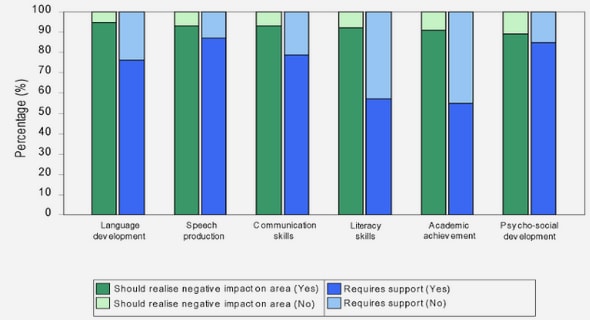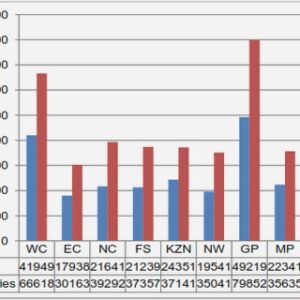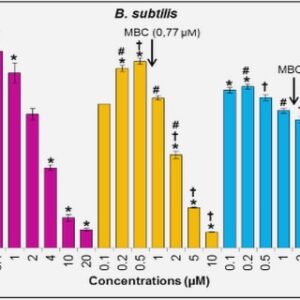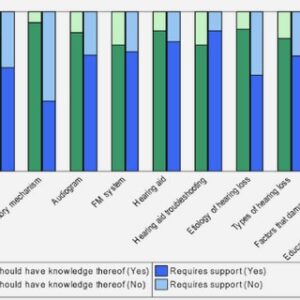(Downloads - 0)
For more info about our services contact : help@bestpfe.com
Table of contents
I Dissertation
1 Introduction
1.1 Motivation of this research
1.2 Approaches of this research
1.3 Publications
1.4 Organization of this dissertation
2 Background
2.1 Smart materials for active vibration control
2.2 Active vibration control of flexible structures
2.3 Distributed control of flexible structures
2.4 Summary
3 System description
3.1 Experimental setup
3.2 Control objectives and considerations
3.3 Centralized controller implementation
3.4 Methodology overview for centralized controller design
3.5 Overview of modeling for distributed control
3.6 Summary
4 Modeling for centralized control
4.1 State-space modeling of beam-piezo system
4.1.1 Governing equation deduced with COMSOL
4.1.1.1 Finite Element Modeling
4.1.1.2 Modal decomposition and truncation — Modal Displacement Method
4.1.1.3 Piezoelectric capacitance correction—Static correction
4.1.2 Damping effect
4.1.3 Measurement circuit
4.1.4 Determination of the central energy
4.1.5 State-space representation
4.1.6 Application to the experimental setup
4.2 Model improvement using Grey-box identification
4.2.1 Grey-box identification theory
4.2.2 Grey-box optimization of the beam-piezo system model
4.2.3 Application
4.3 Multi-variable model reduction
4.3.1 Overview of model reduction methods for mechanical structures
4.3.2 The proposed method
4.3.3 Modal form truncation
4.3.4 Relative error minimization
4.3.4.1 Relative error selection
4.3.4.2 Formulation and solution of the minimization problem
4.3.5 Application to the beam-piezo system model
4.4 Summary
5 Centralized controller design
5.1 H1 control approach
5.1.1 Performance and criterion
5.1.2 Robust stability
5.2 H1 controller design for the vibration reduction in the central zone
5.2.1 Vibration reduction problem statement
5.2.2 Augmented system and control criterion
5.2.3 Controller reduction and discretization
5.2.4 Application to the beam-piezo system
5.2.4.1 Augmented system
5.2.4.2 Weightings and results
5.2.4.3 Reduced-order controller
5.2.4.4 Performance — Central energy reduction rate
5.2.4.5 Numerical simulation
5.3 Experimental validation
5.4 Discussion in single-variable case — Limitation of SISO controllers
5.5 Summary
6 Modeling for distributed control
6.1 Distributed modeling overview
6.2 Governing equation simplification for structural cells
6.2.1 Guyan condensation
6.2.2 Euler-Bernoulli kinematic assumption
6.3 Application to the structural cells
6.3.1 Cells with piezos
6.3.1.1 Simplified governing equation
6.3.1.2 COMSOL solutions
6.3.2 Homogeneous cells
6.3.3 Assembly
6.4 State-space modeling of interconnected LTI subsystems
6.4.1 Discussions
6.4.2 Architecture of the interconnected system
6.4.3 Construction of LTI subsystems
6.5 Appendix
6.6 Summary
7 Conclusions and future research
II Résumé en français
1 Introduction
1.1 Motivation de cette recherche
1.2 Contexte
1.3 Organisation de la thèse
2 Description du système
2.1 Installation expérimentale
2.2 Objectifs et considérations
2.3 Implémentation du contrôleur
3 Contrôle centralisé
3.1 Méthodologie
3.2 Modélisation
3.3 Correction du modèle
3.4 Réduction du modèle multi-variable
3.4.1 Troncature de la forme modale
3.4.2 Minimisation de l’erreur relative
3.4.3 Application
3.5 Conception du contrôleur par contrôle H1
3.5.1 Cahier des charges
3.5.2 Critère H1
3.5.3 Réduction et discrétisation du contrôleur
3.5.4 Application et résultats
4 Modélisation pour le contrôle distribué
4.1 Modélisation des cellules
4.1.1 Condensation de Guyan
4.1.2 Hypothèse cinématique d’Euler-Bernoulli
4.1.3 Application
4.2 Modélisation des sous-systèmes
5 Conclusions et recherches futures
A PZT selection
B Construction of the weighting for robust stability
References



